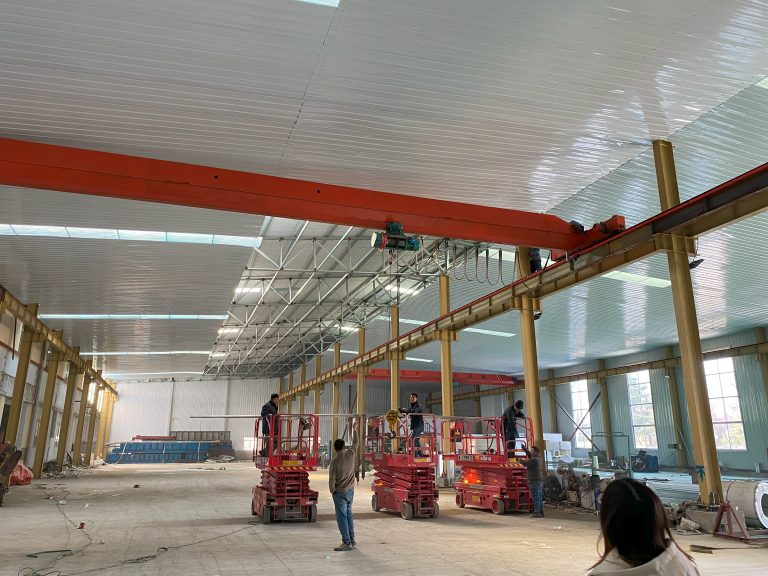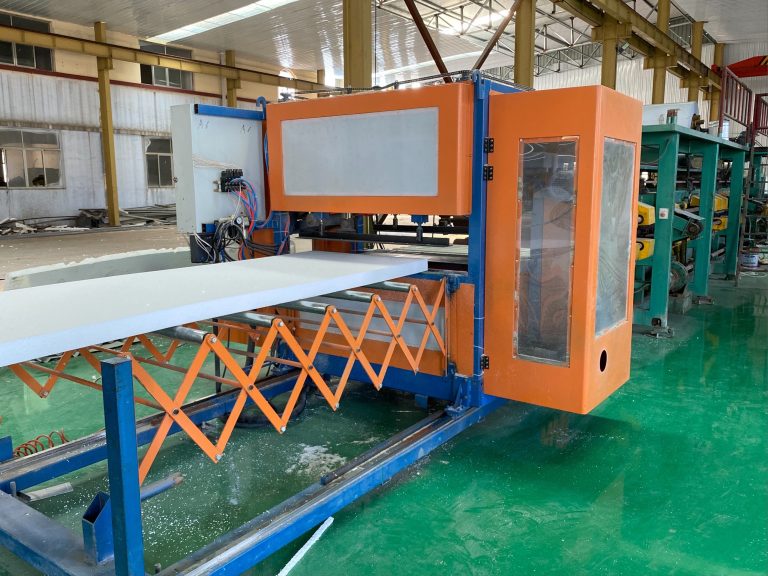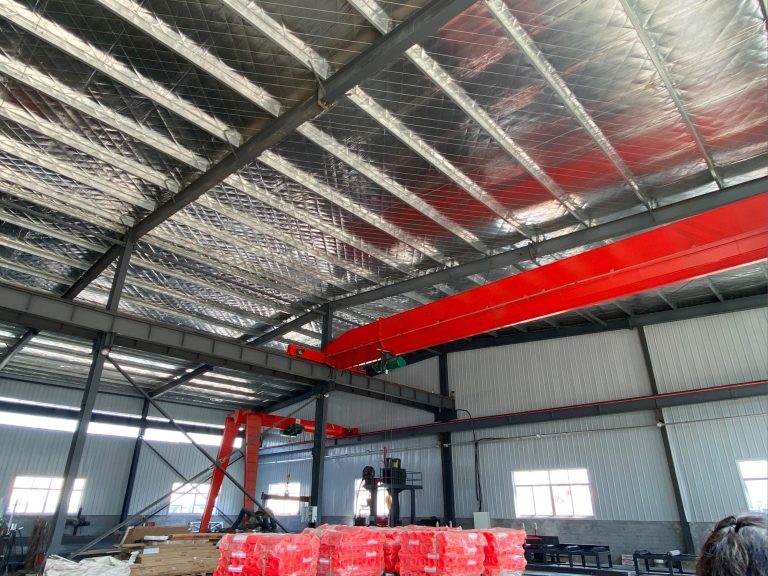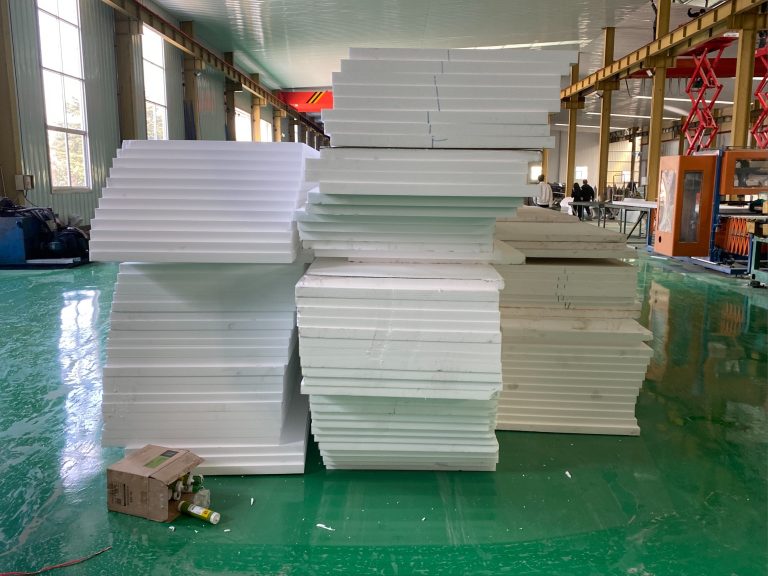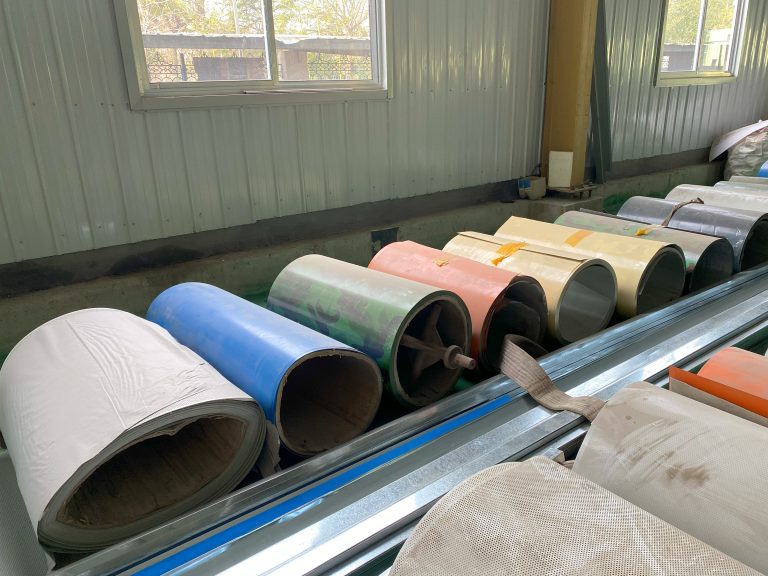Quality control and inspection technology of steel industry.
Table of Contents
Advancements in Quality Control Technology for Steel Industry
Quality control and inspection technology play a crucial role in the steel industry, ensuring that the products meet the required standards and specifications. With advancements in technology, the steel industry has been able to improve the quality of its products and increase efficiency in the production process.
One of the key advancements in quality control technology for the steel industry is the use of automated inspection systems. These systems use sensors and cameras to detect defects in the steel products, such as cracks, surface imperfections, and dimensional inaccuracies. By automating the inspection process, manufacturers can identify and address issues more quickly and accurately, leading to higher-quality products.
In addition to automated inspection systems, the steel industry has also adopted advanced testing methods, such as non-destructive testing (NDT) techniques. NDT techniques, such as ultrasonic testing, magnetic particle testing, and radiographic testing, allow manufacturers to assess the integrity of steel products without causing damage. This not only helps to ensure the quality of the products but also reduces the risk of defects and failures in the field.
Furthermore, the steel industry has embraced the use of data analytics and artificial intelligence (AI) in quality control and inspection processes. By analyzing large amounts of data collected from sensors and inspection systems, manufacturers can identify patterns and trends that may indicate potential issues with the products. AI algorithms can also be used to predict the likelihood of defects occurring, allowing manufacturers to take proactive measures to prevent them.
Another important advancement in quality control technology for the steel industry is the development of real-time monitoring systems. These systems continuously monitor the production process, collecting data on various parameters, such as temperature, pressure, and speed. By analyzing this data in real-time, manufacturers can quickly identify deviations from the desired specifications and take corrective actions to ensure the quality of the products.
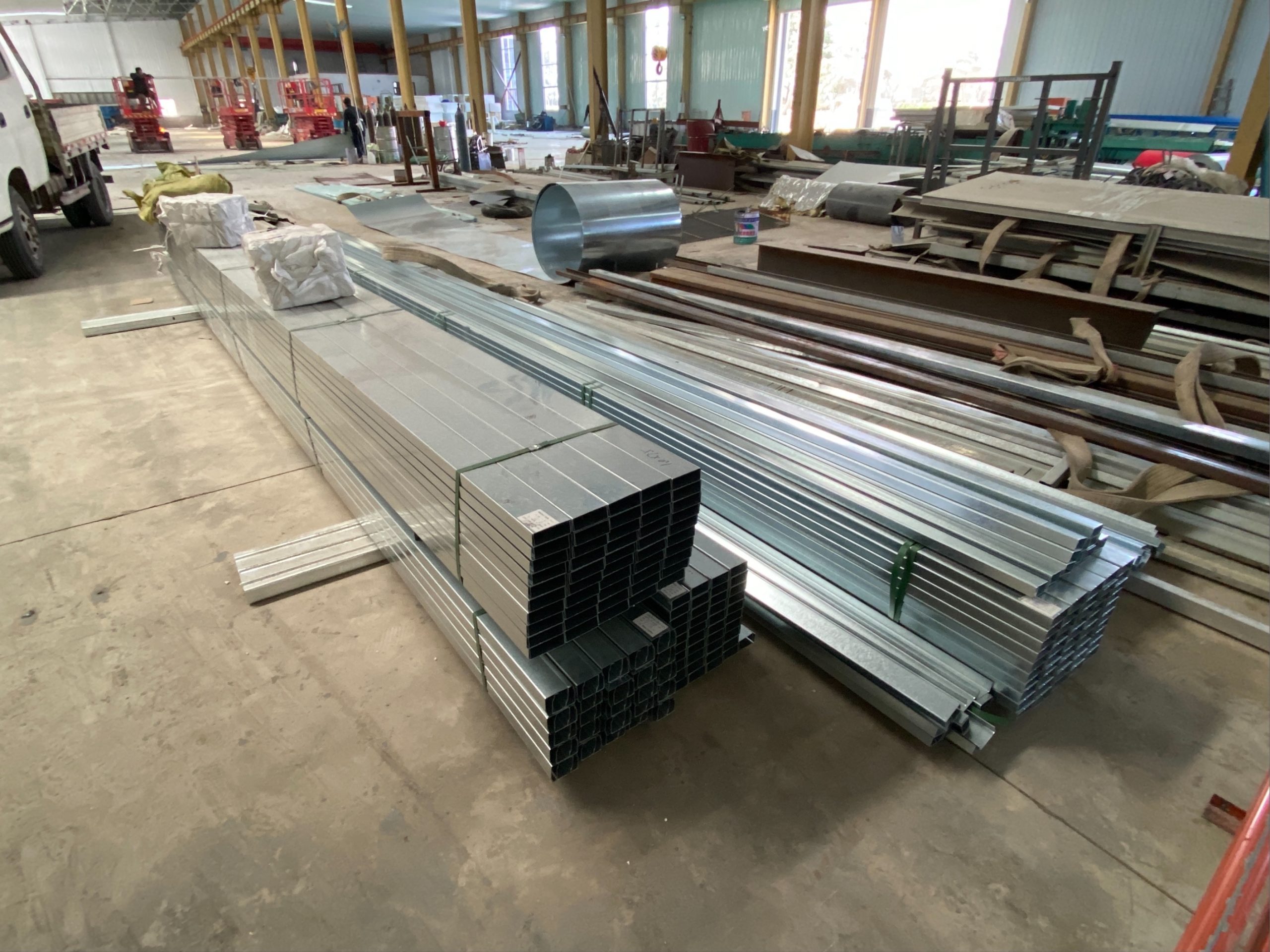
Moreover, the steel industry has also made significant progress in the development of quality management systems, such as ISO 9001 and Six Sigma. These systems help manufacturers to establish and maintain quality standards, improve processes, and reduce variability in production. By implementing these systems, manufacturers can ensure that their products consistently meet customer requirements and regulatory standards.
Overall, the advancements in quality control and inspection technology have revolutionized the steel industry, enabling manufacturers to produce high-quality products more efficiently and cost-effectively. By leveraging automated inspection systems, advanced testing methods, data analytics, AI, real-time monitoring, and quality management systems, manufacturers can ensure the quality and reliability of their products, ultimately enhancing customer satisfaction and competitiveness in the market. As technology continues to evolve, the steel industry will continue to benefit from new innovations that further improve quality control and inspection processes.
Importance of Inspection Technology in Steel Manufacturing Sector
Quality control and inspection technology play a crucial role in the steel manufacturing sector. In an industry where precision and accuracy are paramount, the use of advanced inspection technology ensures that the steel produced meets the highest standards of quality. From the initial stages of production to the final product, inspection technology is used to monitor and evaluate every step of the manufacturing process.
One of the key reasons why inspection technology is so important in the steel industry is its ability to detect defects and inconsistencies in the steel. By using advanced imaging techniques and sensors, inspectors can identify imperfections in the steel that may affect its strength and durability. This allows manufacturers to take corrective action before the steel is used in construction or other applications, ensuring that only high-quality steel products are delivered to customers.
In addition to detecting defects, inspection technology also plays a crucial role in ensuring that the steel meets the required specifications and standards. By using precision measurement tools and automated inspection systems, manufacturers can verify that the steel produced meets the necessary dimensions, tolerances, and other specifications. This not only helps to maintain the quality of the steel but also ensures that it is suitable for its intended use.
Furthermore, inspection technology is essential for maintaining the safety of steel products. By detecting defects and inconsistencies early in the manufacturing process, manufacturers can prevent the production of faulty steel that may pose a risk to workers or the public. This helps to prevent accidents and injuries, as well as avoid costly recalls and legal liabilities.
Another important aspect of inspection technology in the steel industry is its role in improving efficiency and reducing waste. By using automated inspection systems, manufacturers can quickly and accurately evaluate the quality of the steel, allowing them to make adjustments to the production process as needed. This helps to minimize waste and reduce the likelihood of producing substandard steel, ultimately saving time and resources.
Overall, inspection technology is a critical component of the steel manufacturing sector. By detecting defects, ensuring quality, maintaining safety, and improving efficiency, inspection technology helps to ensure that the steel produced meets the highest standards of quality and reliability. As the demand for high-quality steel products continues to grow, the importance of inspection technology in the steel industry will only increase, making it an essential tool for manufacturers looking to stay competitive in the global market.

